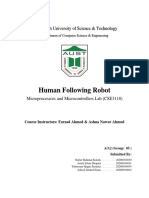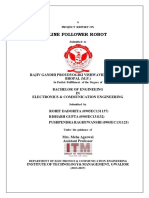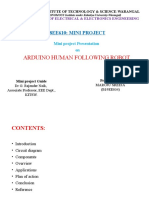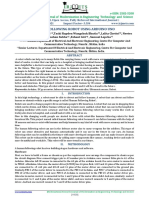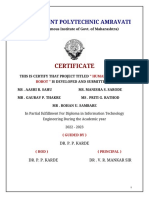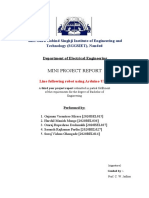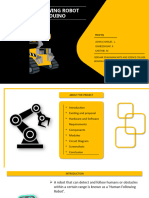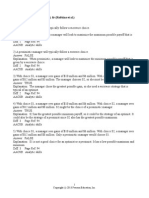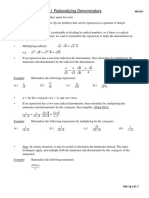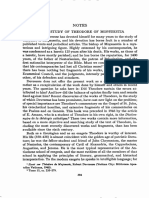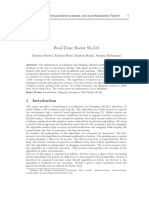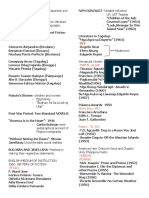0% found this document useful (0 votes)
31 views15 pagesEs Report Final 4
The document is a miniproject report submitted by three students for their Bachelor of Engineering degree. It details the design of a human follow robot that uses infrared and ultrasonic sensors to detect and follow a human target. The robot is intended to assist elderly people using ambient assisted living techniques. Key components of the robot include an Arduino Uno microcontroller, DC motors, a motor driver shield, ultrasonic and infrared sensors, and lithium ion batteries. The working principle involves the sensors detecting the human target and the microcontroller commanding the motors to navigate and follow the target while avoiding obstacles.
Uploaded by
radhaiartsCopyright
© © All Rights Reserved
We take content rights seriously. If you suspect this is your content, claim it here.
Available Formats
Download as DOCX, PDF, TXT or read online on Scribd
0% found this document useful (0 votes)
31 views15 pagesEs Report Final 4
The document is a miniproject report submitted by three students for their Bachelor of Engineering degree. It details the design of a human follow robot that uses infrared and ultrasonic sensors to detect and follow a human target. The robot is intended to assist elderly people using ambient assisted living techniques. Key components of the robot include an Arduino Uno microcontroller, DC motors, a motor driver shield, ultrasonic and infrared sensors, and lithium ion batteries. The working principle involves the sensors detecting the human target and the microcontroller commanding the motors to navigate and follow the target while avoiding obstacles.
Uploaded by
radhaiartsCopyright
© © All Rights Reserved
We take content rights seriously. If you suspect this is your content, claim it here.
Available Formats
Download as DOCX, PDF, TXT or read online on Scribd
/ 15






